In a world called the planet Earth, three powerful men determine, influence and control the world oil prices. They are U.S. President Donald Trump, Russian President Vladimir Putin and Saudi Crown Prince Mohammed bin Salman. Until 2018, Trump was still the most powerful of the trio, where his foreign policies – through Twitter’s tweets – could send the oil prices to the roof, or the opposite direction.
Today, however, there’s a more powerful species which have wreaked so much havoc in the oil market that none of the three powerful men could do anything. Coronavirus has proven that the most powerful man in the world, the President of the United States, isn’t that powerful after all, not when the U.S. economy is looking at a brutal recession.
As the U.S. stock markets go through 4-digit ups and downs on a daily basis, Trump has abandoned his favourite pastime of influencing oil prices using Twitter. On Monday (March 16), the day when the Dow Jones tumbled 2,999 points, the U.S. president reluctantly acknowledged that the U.S. economy “may be” heading toward a recession because of the Covid-19 coronavirus.

Kevin Hassett, a former chairman of the Council of Economic Advisers under Trump administration, said that the “odds of a global recession are close to 100% right now.” In essence, Trump can no longer influence the global crude oil prices. To make matters worse, there were speculations that the U.S. was inches away from a total lockdown due to the pandemic
On Tuesday (March 17), oil prices dropped more than 6% to its lowest since 2016, the year the West Texas Intermediate (WTI) crude registered its lowest of US$26.21. As of the time of writing, the WTI has plunged further to US$25.40. The international benchmark, Brent crude, has already breached the psychological US$30 a barrel, trading at US$27.31 now.
While the plunging oil prices will affect American shale producers, the United States said it will take advantage of low oil prices to fill its Strategic Petroleum Reserve (SPR). The U.S. SPR currently holds 635 million barrels, mostly stored in Louisiana and Texas. The emergency fuel storage, kept in the underground, was created in the wake of the Arab oil embargo of 1973-74.
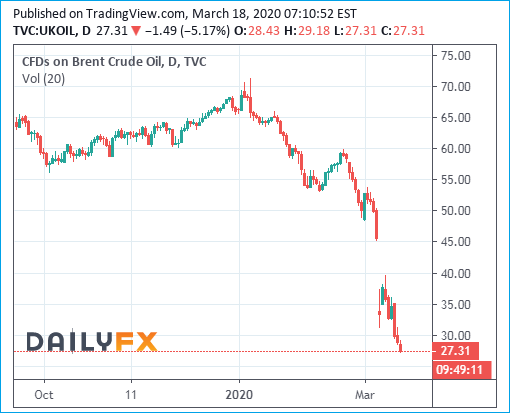
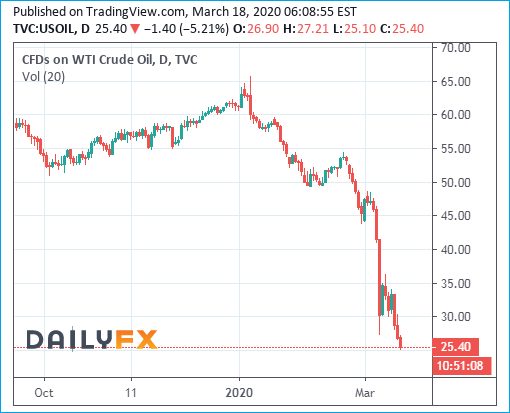
Similarly, China will also buy cheap crude oil to stockpile its emergency reserves. While the U.S. has the largest emergency supply in the world, with capacity to hold up to 727 million barrels, the Chinese reserves remain a secret. However, China is believed to have enough inventories to last 80 days. But based on its past import levels, China probably has a staggering 788 million barrels in reserves.
With both Americans and Chinese prefer a lower crude oil prices to feed a sagging economy, Saudi Arabia and Russia are left to defend – or destroy – the commodity. On March 6, the OPEC cartel led by Saudi wanted Russia to agree to a new plan – extend existing production cuts of 2.1-million barrels a day throughout the entire 2020, as well as to cut additional 1.5-million barrels.
Russian Energy Minister Alexander Novak disagreed and declared that beginning April 1 – everyone can pump as much oil as they like. All hell broke loose when the impulsive and the capricious Saudi crown prince ordered the kingdom’s oil industry to go all the way out to grab market share from Russia and the U.S., leading to the crude oil crashing by more than 30%.
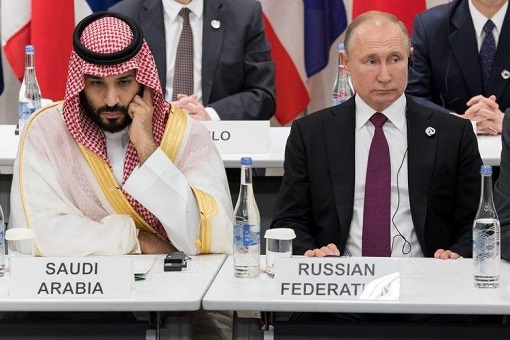
Saudi went to the extent of slashing as much as US$6 to US$7 per barrel of oil for Chinese customers. Besides sparking a global price war between OPEC and its allies like Russia, the Saudi crown prince has also threatened to boost supply to the maximum, obviously a childish behaviour to punish Russian President Vladimir Putin for not playing ball.
To prove that it was not bluffing, the Kingdom of Saudi Arabia has chartered as many as 31 super-tankers to ship extra crude oil. Russia produces about 11.3 million barrels per day, while Saudi Arabia pumps roughly 9.7 barrels per day. Now, the kingdom has instructed Aramco to boost production, so that the country can export a record 12.3 million barrels by May.
Sure, a sustained drop in oil prices would cost the oil sector 50,000-75,000 of American jobs if employment returned to its 2015-16 low. But armed with US$1 trillion stimulus package, Trump administration is ready to send cheques directly to Americans to help households and businesses. That package is more than the US$787 billion stimulus package done in 2008-09 Great Recession.
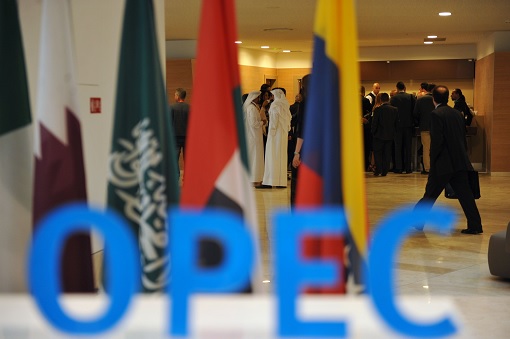
Unlike diversified-economy nations like the U.S. and China, oil-reliant nations will definitely suffer as a result of the price war started by the Saudi crown prince. In fact, the heads of OPEC and the International Energy Agency (IEA) admitted that the Coronavirus pandemic and the oil prices meltdown will cut revenues of oil-reliant countries by up to 85%.
Two days ago, Dr Fatih Birol (Executive Director of the IEA) and Mohammad Sanusi Barkindo (Secretary General of OPEC), announced in a joint statement – “If current market conditions continue, their income from oil and gas will fall by 50% to 85% in 2020, reaching the lowest levels in more than two decades. This is likely to have major social and economic consequences.”
Neither Saudi Crown Prince Mohammed nor Russian President Putin can be seen as having lost the oil price war. Eager to win, the Saudi’s future king cannot lose face hence the deployment of the ruthless scorched-earth tactic, a military strategy with an objective to destroy anything that might be useful to the enemy when retreating from a position.
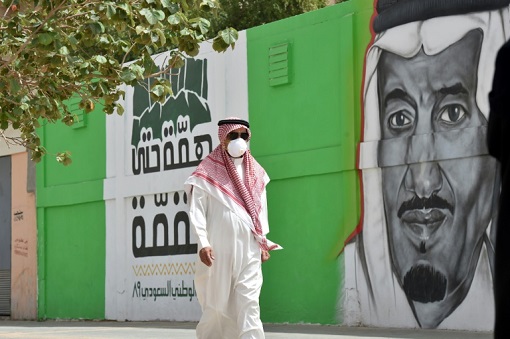
With neither Saudi Arabia nor Russia plans to return to the negotiating table, at least until May when Saudi can show off its 12.3-million barrels per day capability, you don’t need a rocket scientist to see why US$20 per barrel is absolutely possible. The world’s demand for oil is already dropping and yet, the Saudi crown prince wants to add 3-million barrels more to the market.
In retaliation, Russia threatened to raise its output by 500,000 barrels per day in the near future. If you still think it’s still impossible for the oil to collapse to US$20, Goldman Sachs has on Tuesday (March 17) lowered its second quarter 2020 outlook for the international benchmark – Brent crude – to US$20 per barrel from US$30.
Saudi Aramco claims that it was “very comfortable” with US$30 oil. However, even though Saudi has the world’s lowest oil extraction cost, the kingdom must maintain oil prices in the range of US$60 so that its excessive budget can be funded. The silly crown prince thought he could easily win the game of Russian Roulette with Putin.

finance twitter



No comments:
Post a Comment
Note: Only a member of this blog may post a comment.